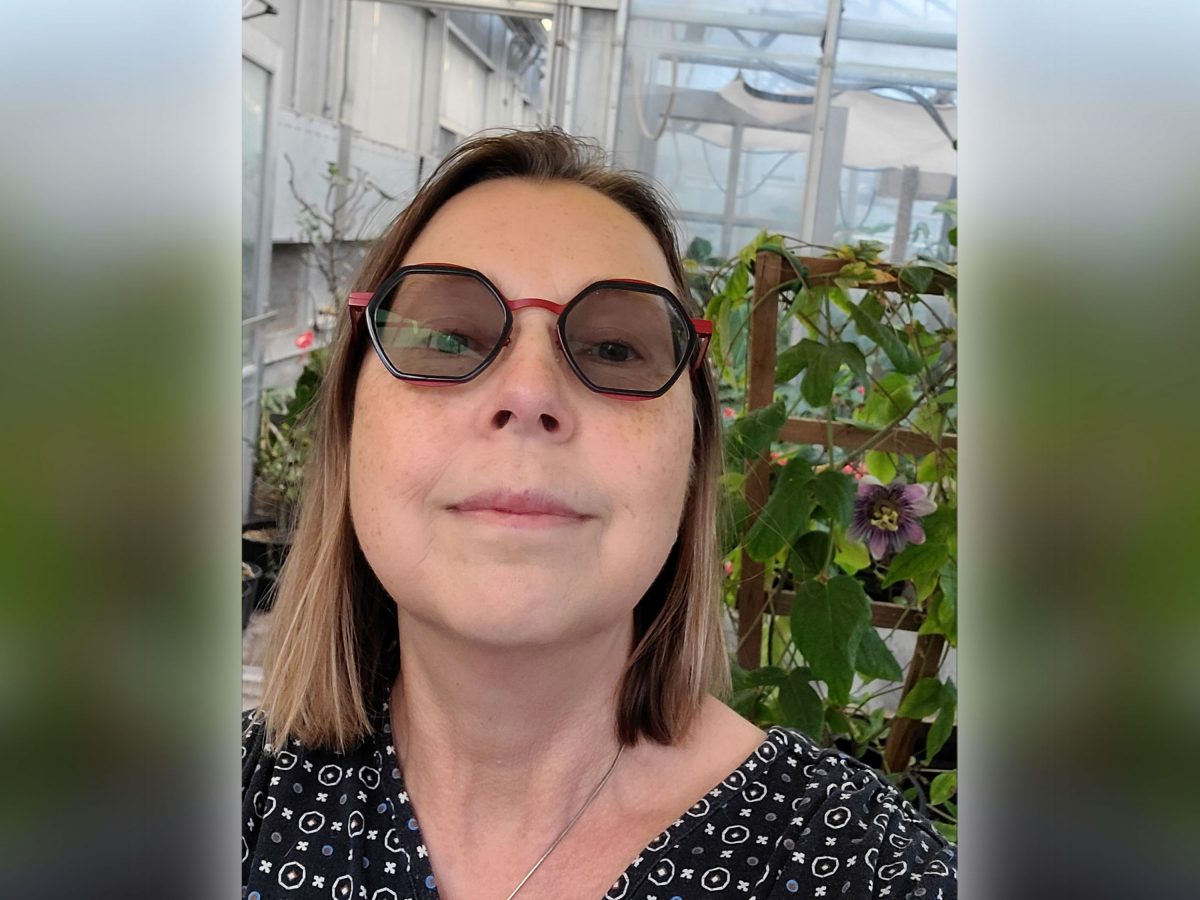
Instructor Carla Zelmer plants the seeds of experiential learning
Part of the Experiential Learning Spotlight series
Part of the Experiential Learning Spotlight series
The Experiential Learning Spotlight Series documents the diverse and innovative ways in which UM faculty and instructors incorporate experiential approaches to their teaching.
The series is curated by The Office of Experiential Learning within The Centre for the Advancement of Teaching and Learning.
Are you a faculty member, instructor or staff involved in experiential learning? Join our community of practice or grab lunch on us during our upcoming community consultations!
Plant lovers will especially appreciate this month’s feature. We interviewed Carla Zelmer—instructor in the Department of Biological Sciences, former researcher in the Department of Plant Science, and curator of the Buller Greenhouse Teaching and Outreach Collection—about how she uses plants to create experiential learning opportunities for students in her courses.
What does Experiential Learning mean to you?
I believe that we are all wired to learn most deeply by engaging our mind, our senses and our emotions in things that matter to us. Experiential learning is like co-creating a web. As an instructor, we are bringing new concepts and skills, and teaching students how to connect these things into the web that they already have begun. I find that the strands that bind the web are the strongest when the learner interacts with the material on many levels; connecting new information to existing knowledge, abstract concepts to things that can be seen and handled, the microscopic to the ecosystem, themselves to their peers, instructors, and the community.
When we help students weave the right threads and make the appropriate connections, concepts like diversity, evolution, conservation, genetics, climate change and others, which are of importance to scientists today, take on a more personal meaning. This sets the stage for students to succeed in our program and helps shape global citizens that will make a difference to our future.
Why do you use Experiential Learning in your teaching?
I teach about plants with the help of hundreds of co-teachers, many of whom are residents of the Buller Greenhouse Teaching and Outreach Collection that I curate. They come with me to lectures and labs.
I often hear students say things like “I have only ever seen this plant in photographs!”—they begin to ask questions and become curious about plants. “Where are they from, why do they have these features, how do they grow, what do they need?” Clearly, being in the presence of these live organisms is very different from just seeing them on a textbook or PowerPoint slide.
One of the units in my Flowering Plants class of 116 students covers seeds, germination, and seedling development. I created an assignment that asks pairs of students to germinate seeds at home. At the beginning of the assignment, students interview their partners to get to know each other. I provide seed types that I know well and are likely to germinate in the required time, but I also included some species that I am unfamiliar with.
I love that the students and I both learn at the same time!
The students plant the seeds and then follow their development at home. The same seeds are also planted and cared for in the Buller Greenhouse as safeguard and reference. Students take daily photos of their seeds and measure the growth of seedling roots and shoots. This assignment also connected to a hands-on lab in which the students compared different germination patterns and seedling development. A collaborative final report is prepared by both students.
While this assignment might sound like the grow-a-bean-seed-in-a-cup exercise done in grade school, the speed of germination for some species, lack of germination of viable seeds, rate and sequence of development and even the understanding of what was planted (e.g., some ‘seeds’ are actually whole fruits) are often a surprise for many students.
Apart from the course’s learning outcomes, the students identified important outcomes like teamwork, interview skills, time management, consistency, communication, reflection, collaborative report writing and photography skills. The students also provided me with helpful advice about ways to improve this assignment.
What advice would you give instructors who want to give Experiential Learning a try?
It’s very rewarding for the students and instructors, so jump in! There are some important aspects to consider as you design your experiences. I think it’s important to identify what the purpose(s) of the activity will be and how it will be assessed prior to releasing it as an assignment. These are not always easy to assess, so be sure the expectations are communicated clearly to the students.
Start small and work your way up to larger experiences as your confidence grows. The Office of Experiential Learning at The Centre has a lot of resources and great people to help you along the way. A key piece of experiential learning is the preparation of the students to learn in this way.
If you would like to be featured in this series, or know someone who should be, email The Office of Experiential Learning at OEL@umanitoba.ca.






